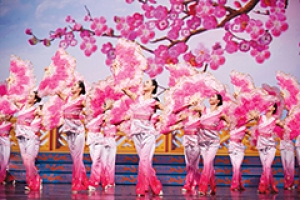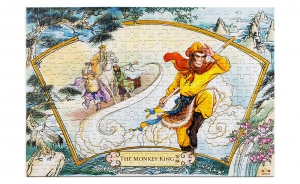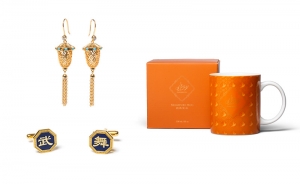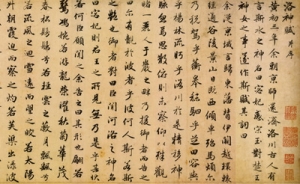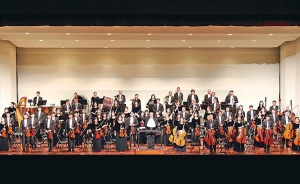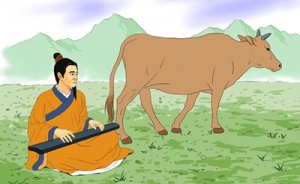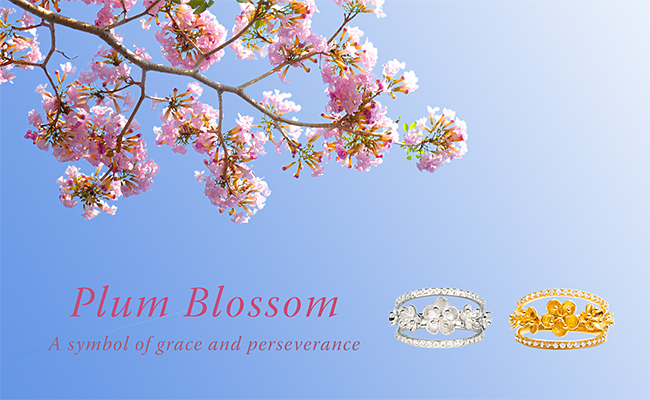
Plum Blossoms' Beauty Through the Ages
The smell of something sweet,
Drifts through the ages,
Transcending languages,
And words on pages.
In the enchanting world of ancient China, flowers were charged with a beauty and meaning that was part of people’s lives. This tradition has been carried on by Shen Yun Performing Arts in its dances and music, which often revive the symbolism of flowers. Dances celebrate the luxurious nobility of the peony, the inspiring purity of the lotus, and the mystical holiness of the udumbara.
Another celebrated flower is the plum and its blossom, which have been featured in dances throughout the years, as well as the musical composition “Plum Blossoms,” sung by world-renowned soprano Haolan Gengas as part of Shen Yun Symphony Orchestra's 2017 concert.
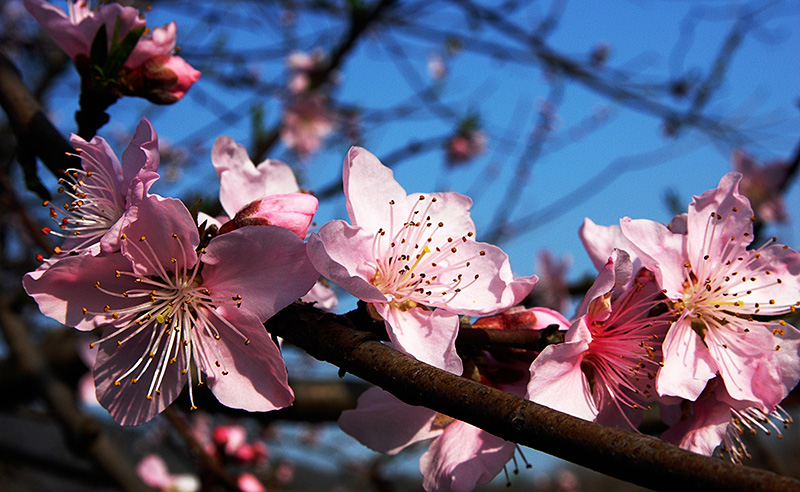
The plum is unique in that it blossoms not in spring, but midwinter. Its five small, soft petals radiate in contrast to the harshness of the cold. Their delicate pink fills the canvas of blank white snow. Thus, the plum blossom signifies perseverance and faith in the face of hardship, a courage to lead the way toward spring and hope.
In the long tapestry of Chinese history, the plum blossom has become its own genre of paintings and poems, one that reflects the noble spirit of the artist through the flower. An early poem known to praise plum blossoms was written by Song Dynasty poet Lin Bu:
After others fall, alone they bloom,
In a garden small, they splendidly loom.
Inspired by the plum blossom and its role in Shen Yun performances, Shen Yun Shop has created the Plum Blossom Ring, which comes in gold and silver. Now you can wear the perseverance and grace of the plum blossom right there on your hand, joining a tradition that only grows more valuable and meaningful with time!

Shen Yun Collections
Contributing writer


